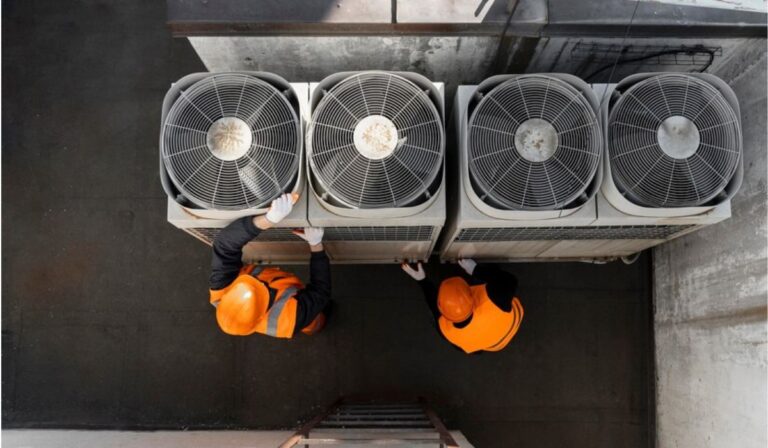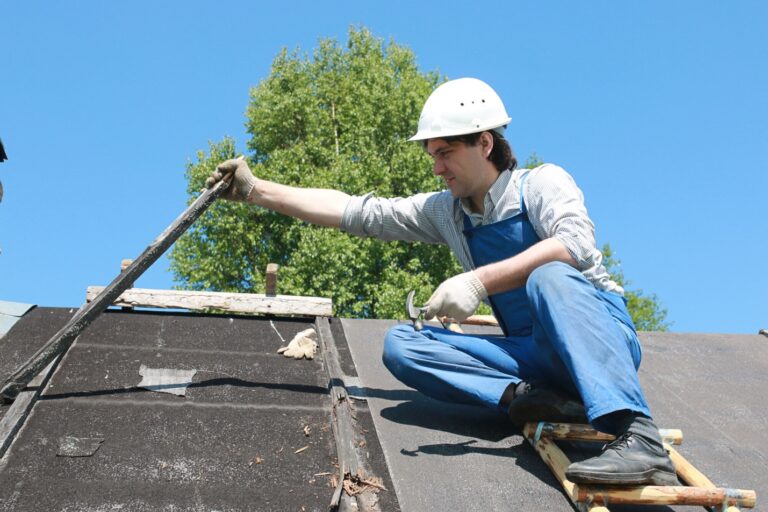5 Immediate Steps to Take If You Get a Burst Pipe at Home
A burst pipe can quickly escalate from a minor inconvenience to a major home emergency, resulting in flooding, water damage, and unexpected repairs. Acting quickly helps to save your possessions and lessens the effects on your property. Knowing what steps to take can save time and alleviate stress. From cutting off the water supply to managing repairs, here are the immediate actions you should take to safeguard your house and restore normalcy.
1. Shut Off the Main Water Supply Immediately
Stopping the flow of water is the first step in dealing with a burst pipe. Find your main water valve and turn it off to stop more water from overflowing in the affected region. This valve is typically found in a basement, utility room, or near the exterior of your home. Acting quickly guarantees that any further water damage is reduced, keeping the situation under control. Once the water supply is stopped, take a moment to assess the extent of the flooding. Start by cleaning the most sensitive areas, such as close to valuable furniture or electrical outlets, if water has pooled in multiple areas. Cutting off the water and containing the spread helps you stop more damage and provides safer surroundings for starting cleanup.
2. Turn Off the Electricity in Affected Areas
Safety is the first concern while handling a busted pipe; water and electricity do not mix. Turn off the electricity in the flooded regions once you have turned off the water. Disconnecting power to rooms where water has spread using the circuit breaker from your house can help to ensure no risk of electrical shocks or risks. You can move around the impacted areas without the risk of running into live wires or outlets once the electricity has been turned off. Giving safety a priority guards you and everyone else living in the house from mishaps. Once the immediate risk is under control, you can concentrate on the next steps toward restoration and cleanup. Restoring power should only be done once all water has been cleaned and it is verified that no electrical components are in danger.
3. Drain Remaining Water and Dry Out the Area
Dealing with extra water becomes the next crucial action when the water and electricity are off. To drain as much water from the flooded regions as you can, use towels, mops, and buckets. To speed up the process, think about utilizing a wet/dry vacuum if the burst pipe has resulted in a lot of pooling. Eliminating water right away lowers the possibility of mold and mildew, which might develop in wet conditions. Once the standing water has been removed, focus on thoroughly drying the area. Open the windows for ventilation, and use fans or dehumidifiers to speed up the drying process. A dry atmosphere reduces damage to floors, walls, and furniture, therefore reducing long-term problems that could otherwise call for major restoration.
4. Inspect the Pipe Damage and Find Professional Repair Services
After addressing immediate concerns, investigate the source of the leak and determine the extent of the pipe damage. Knowing whether the burst was caused by high pressure, wear, or freezing helps you determine what kind of repair is needed. Until a long-term solution is in place, temporary remedies, including sealants or pipe clamps, can assist in stopping small leaks. For more severe damage, it is best to contact a professional burst pipe repair service to perform a proper burst pipe repair. Professionals bring knowledge and tools that guarantee the problem is completely fixed, therefore lowering the possibility of future leaks. Conduct an online search using keywords such as ‘burst pipe repair in Rome, NY’ to find qualified experts near you who can address the issue effectively. Investing in professional assistance can ultimately save time and money because attempting repairs without the necessary knowledge can result in reoccurring issues.
5. Clear and Protect Valuables from Further Water Damage
Once quick fixes and safety measures are taken care of, take steps to protect your belongings. From the impacted area, move furniture, electronics, and valuables to prevent more moisture exposure. Items placed in dry rooms or on elevated surfaces help protect them from possible damage, particularly in cases of an unexpected drying process duration. If necessary, cover items that cannot be easily moved with waterproof barriers or plastic sheets. As you handle the pipe damage, keeping your valuables safe during the cleanup and restoration process helps prevent more losses and provides peace of mind. With your belongings secured, you can concentrate on fully restoring the area, confident that your possessions are safe from further damage.
Conclusion
When a pipe bursts, acting quickly and methodically will allow your house to be restored with the least disturbance and prevent major damage. By turning off the water, managing electricity, drying the area, inspecting for repairs, and protecting valuables, you can effectively control the situation and lay the groundwork for a successful recovery. Learn these techniques to manage a burst pipe confidently, therefore safeguarding your property and peace of mind.







